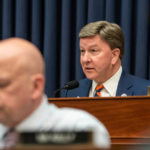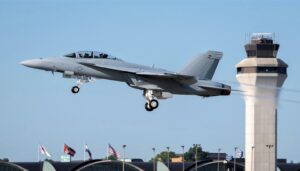
The leaders of the House Armed Services Committee’s Seapower subcommittee today repeated their push for the Navy to buy three attack submarines per year and increase its share of the Defense Department budget. During a Hudson Institute event Friday, Seapower subcommittee chairman Rep. Joe Courtney (D-Conn.) said his initial conversations with the Biden administration make him optimistic they understand the overall importance of the Indo-Pacific region and managing China. “My conversations with the new administration – I’ve had some with…

 By
By 











